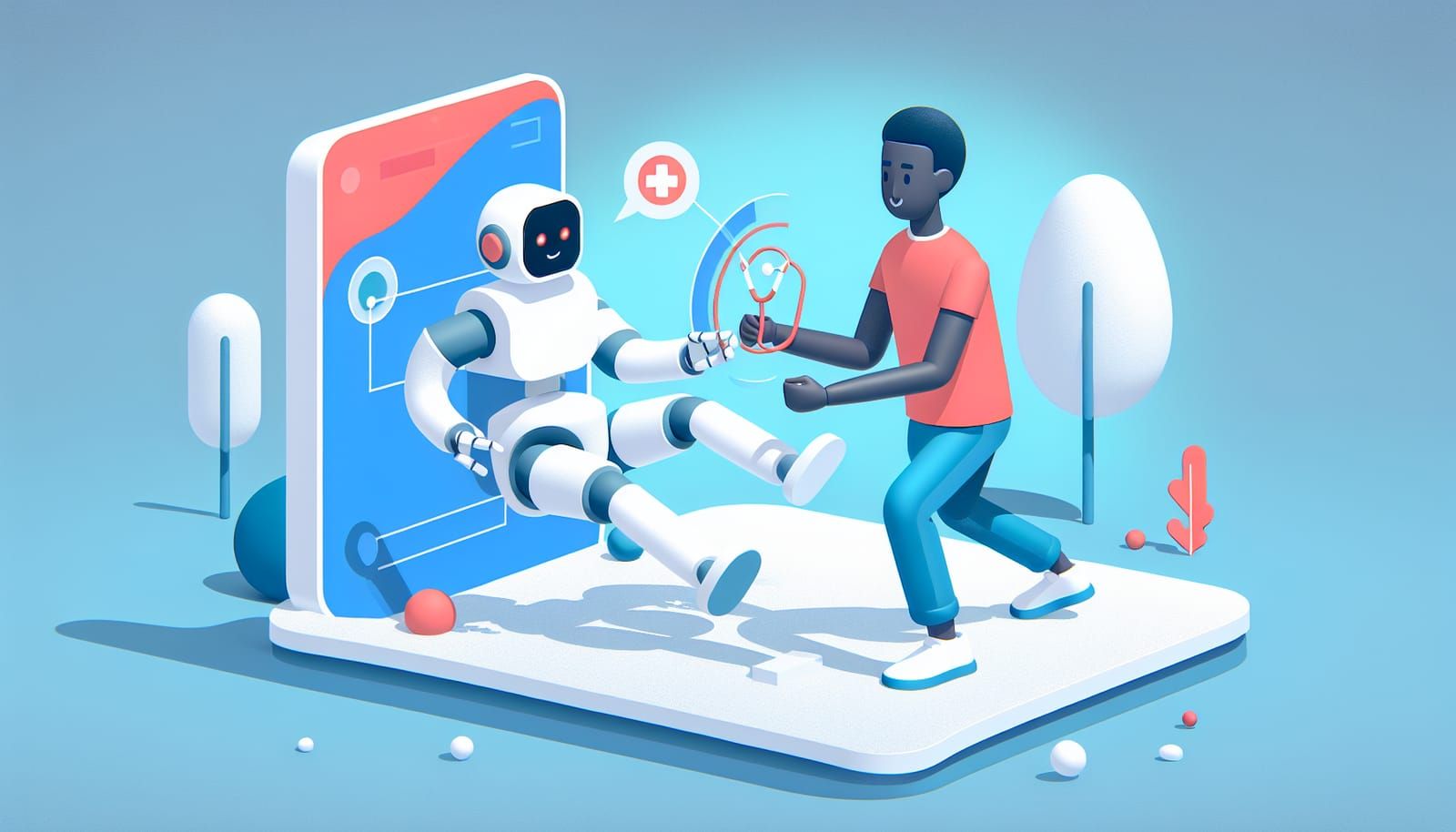Imagine a toddler—curious, energetic, and always eager to learn. Now, picture that toddler with a super memory that enables them to remember everything they see, hear, and experience. This quirky comparison perfectly captures what artificial intelligence (AI) is like! In this article, we’ll explore how AI operates, its capabilities, and why understanding it can feel like interacting with a bright, learning toddler.
What Is AI?
At its core, AI stands for "Artificial Intelligence." It's a branch of computer science dedicated to creating machines that can think, learn, and make decisions like humans. Just like a toddler learns from their environment and experiences, AI systems learn from data. They can analyze large amounts of information, recognize patterns, and make predictions based on what they’ve learned.
AI can be found in various aspects of our daily lives—think of voice assistants like Siri or Alexa, recommendation engines on Netflix or Amazon, and even self-driving cars! Just like a toddler explores the world by asking questions and observing, AI explores data to improve its understanding and functionality.
How Does AI Learn?
AI learning can be broken down into several key processes, much like how toddlers absorb information:
1. Data Collection
Toddlers learn by observing the world around them. Similarly, AI learns by collecting data. This data can come from various sources—text, images, videos, sounds, and even user interactions.
2. Pattern Recognition
Once the data is collected, AI analyzes it to find patterns. Imagine a toddler recognizing that when they hear the word "dog," a furry creature appears. AI processes information similarly, identifying trends and relationships within the data.
3. Training
To help AI make decisions, it goes through a training phase where it learns from the data. Using algorithms, which are like recipes for problem-solving, AI adjusts its understanding until it can make accurate predictions or decisions. Think of this as a toddler learning how to share toys—through practice, they figure out the best ways to play with others.
4. Feedback Loop
Just as toddlers learn from their mistakes and successes, AI uses feedback to improve. If an AI makes a wrong prediction, it can adjust its algorithms to enhance its future performance. This ongoing learning process is what makes AI so powerful!
The Super Memory of AI
One of the most fascinating features of AI is its "super memory." Imagine a toddler who can remember every single detail of their experiences, even if they only encountered them once. That’s what AI can do with data!
AI systems can store and recall vast amounts of information, making them incredibly efficient. For example, when you type a query into a search engine, AI rapidly analyzes millions of web pages to provide you with the most relevant results. This ability to remember and retrieve information is what sets AI apart from traditional computer programs.
Applications of AI
AI has a broad range of applications, much like how a toddler might explore different activities:
1. Healthcare
AI is used in healthcare to analyze patient data, predict disease outbreaks, and even assist in diagnosing illnesses. By learning from vast datasets, AI can identify patterns that humans might overlook, leading to quicker and more accurate diagnoses.
2. Education
In the education sector, AI can personalize learning experiences for students. Imagine a classroom where each child receives lessons tailored to their specific needs and learning pace—AI makes this possible by analyzing individual performance and adjusting content accordingly.
3. Entertainment
Ever wondered how Netflix suggests movies you might like? That’s AI at work, analyzing your viewing habits and those of similar users to recommend shows and films tailored to your preferences.
The Future of AI: A Learning Partner
As we look toward the future, it's clear that AI will continue to evolve and become an even more integral part of our lives. Just like a toddler grows and develops their skills, AI is constantly learning from new data and experiences.
One exciting prospect is the potential for AI to serve as a learning partner. Imagine having a smart assistant that not only helps you with tasks but also learns about your interests, preferences, and goals over time. This type of collaboration could lead to innovative solutions in various fields, from business to creative arts.
Challenges and Considerations
Despite the many benefits of AI, it’s essential to consider the challenges it brings. Just like a toddler requires guidance and boundaries, AI needs responsible development and ethical considerations. Issues such as data privacy, bias in AI algorithms, and job displacement due to automation are crucial topics that society must address as technology advances.
By fostering a culture of ethical AI development, we can ensure that AI remains a tool for good—enhancing our lives while minimizing potential risks.
In conclusion, understanding AI as a toddler with a super memory makes it easier to grasp its complexities. AI learns, adapts, and evolves, much like children do. By exploring AI's capabilities, we can appreciate its potential to transform our world for the better.
So the next time you interact with an AI system, remember it’s like a curious toddler—constantly learning, growing, and eager to help you navigate through life’s many challenges. Embrace the journey of discovery and innovation together, and who knows what incredible possibilities lie ahead!


